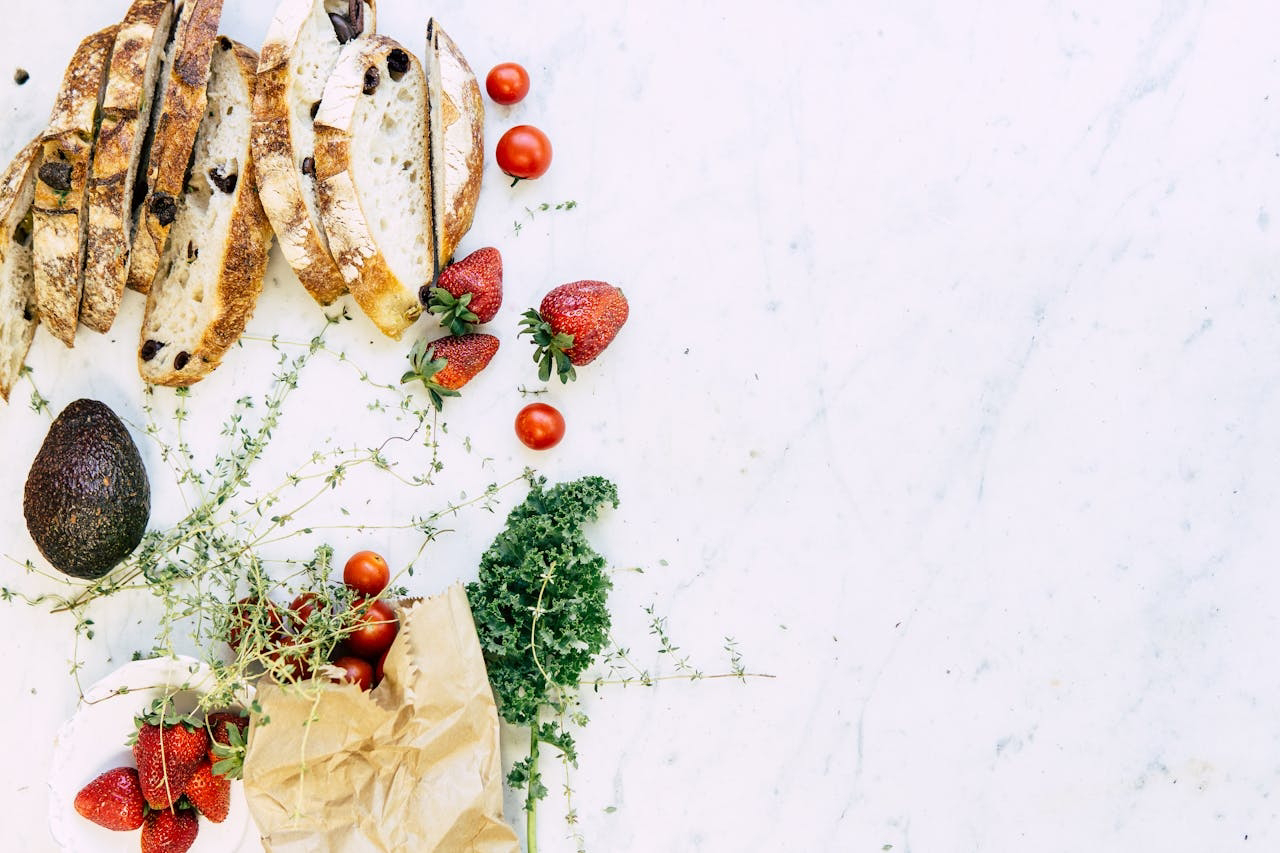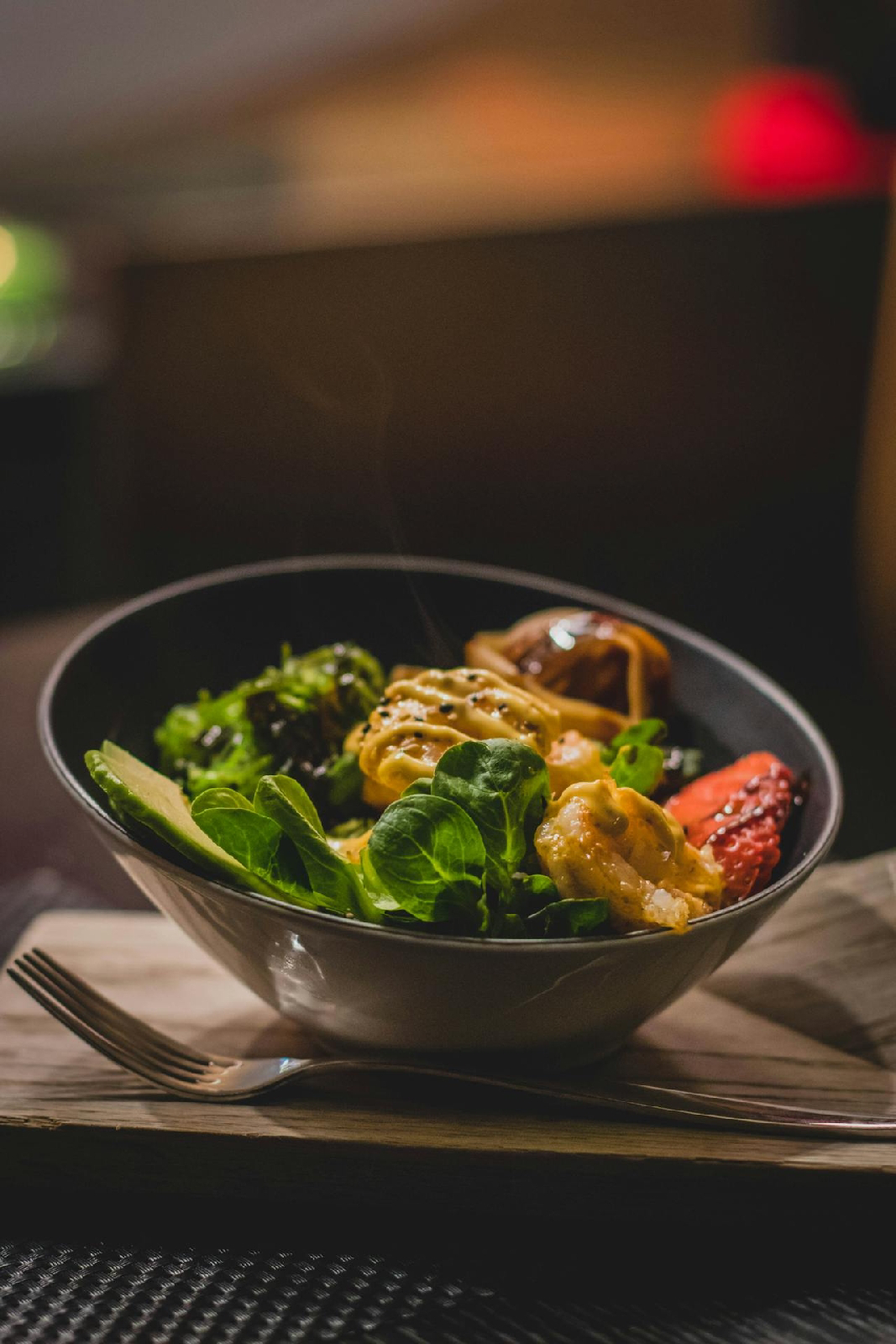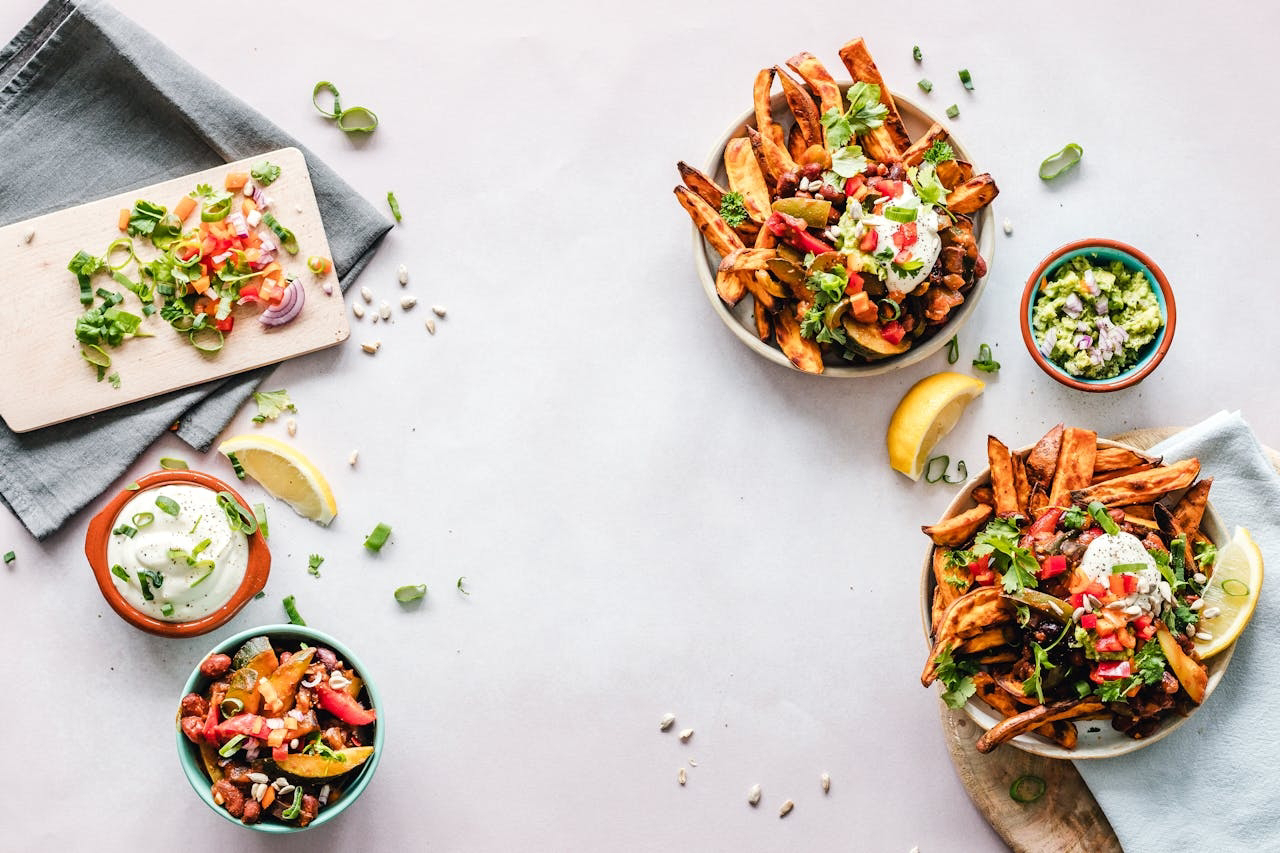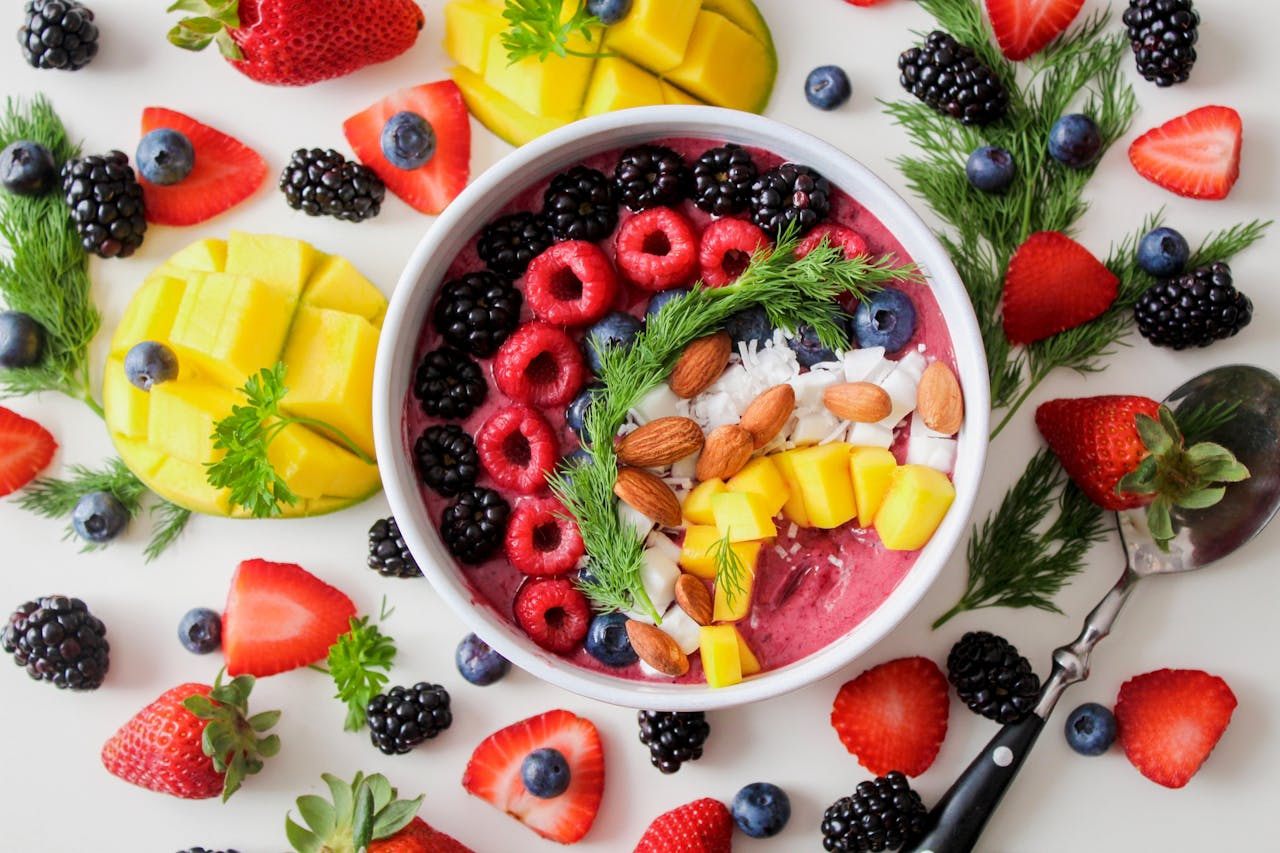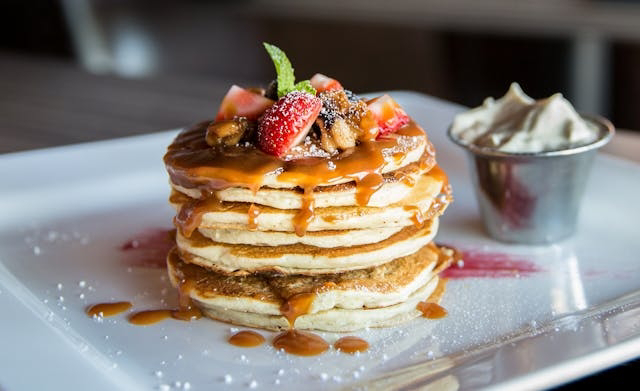Overview
A timeless option for serving prepared food in a variety of cultures and cuisines are stainless steel plates.
They give the eating experience a distinctive look and are hygienic and long-lasting.
Whether you're presenting a gourmet feast, a classic dish, or a home-cooked supper, using a stainless steel plate improves both appearance and functionality.
The advantages of utilizing stainless steel plates, the kinds of food that go well with them, and how they make for a delicious supper are all covered in this article. Stainless Steel Plates: Why Use Them?
1. Sturdiness and lifespan
Stainless steel plates don't rust, corrode, or shatter easily.
Because they don't chip or break like ceramic or glass plates do, they're a durable option for both residential and commercial use.
2. Sanitation and Simple Cleaning
Because stainless steel is non-porous, it cannot absorb bacteria, stains, or food odors.
Because it guarantees hygiene and cleanliness, it's a great option for presenting cooked food.
Additionally, they are easily cleaned using a dishwasher or even just a basic cleaning.
3. Retention of Heat
Particularly when serving soups, curries, or grilled meats, stainless steel plates enable prepared food stay warm for longer, making meals more pleasing.
4. Sustainable and Eco-Friendly
Stainless steel plates are environmentally friendly and reusable, in contrast to plastic or disposable plates.
They promote sustainable living and lessen waste.













